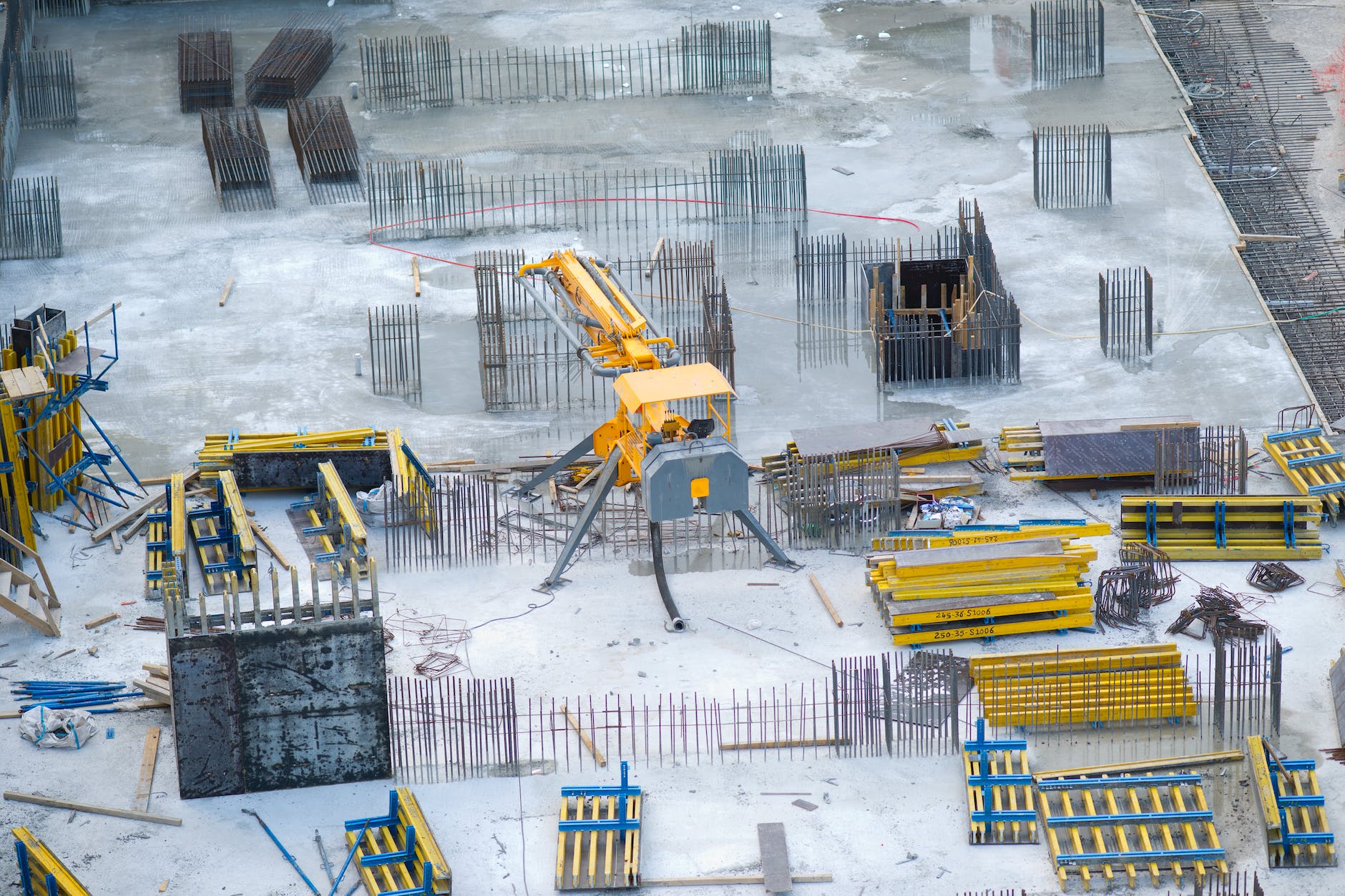
Basic Safety Knowledge of Construction
Introduction
Basic Safety Knowledge of Construction : Construction sites are bustling hubs of activity where various tasks and trades come together to create structures that shape our cities. While these sites are essential for progress, they also pose significant safety risks. In this article, we’ll delve into the basic safety knowledge that every construction worker, supervisor, and site visitor should be aware of to ensure a secure working environment.
Understanding the Hazards
Identifying Potential Dangers
Before stepping onto a construction site, it’s crucial to recognize the various hazards that exist. These may include heavy machinery, electrical wiring, scaffolding, and more. Being aware of these dangers is the first step in staying safe.
Assessing the Environment
Construction sites are ever-changing landscapes. Understanding how environmental factors like weather, terrain, and time of day can impact safety is essential. A wet surface, for example, can be slippery, increasing the risk of accidents.
Personal Protective Equipment (PPE)
Head Protection
One of the most critical aspects of PPE is head protection. Hard hats are a must, as they safeguard against falling objects and head injuries, making them a construction site essential.
Eye and Face Protection
Safety goggles and face shields shield against debris, dust, and sparks, ensuring your eyes and face remain unharmed.
Respiratory Protection
Depending on the construction materials used, respiratory protection like masks or respirators may be necessary to guard against inhaling harmful particles.
Equipment Safety
Proper Training
Operating heavy machinery or equipment requires proper training and certification. Always ensure that those in control have received the necessary instruction.
Inspections and Maintenance
Regular inspections and maintenance of equipment are vital to prevent breakdowns and accidents. Any malfunctioning machinery should be taken out of operation immediately.
Fall Prevention
Guardrails and Barriers
Construction sites often have elevated areas, and falls from heights can be catastrophic. Installing guardrails and barriers can significantly reduce this risk.
Safety Harnesses
Workers at heights should wear safety harnesses and be securely tethered to prevent falls.
Electrical Safety
Avoiding Overloads
Electrical safety is paramount. Overloading circuits can lead to fires and electrical shocks. Always adhere to load limits.
Ground Fault Circuit Interrupters (GFCIs)
GFCIs should be used to protect against electrical shocks in damp or wet conditions.
Fire Safety
Fire Extinguishers
Every construction site should have easily accessible fire extinguishers and all personnel should know how to use them effectively.
Evacuation Plans
In case of a fire, having a clear evacuation plan can save lives. Regular drills ensure everyone knows what to do in an emergency.
Material Handling
Proper Lifting Techniques
Improper lifting can lead to back injuries. Training on how to lift heavy objects safely is vital.
Organized Storage
Materials should be stored in an organized manner to prevent trips, slips, and falls.
Conclusion
Construction is an industry filled with potential dangers, but with the right knowledge and precautions, it can be a safe place to work. Prioritizing safety through hazard recognition, personal protective equipment, equipment safety, fall prevention, electrical safety, fire safety, and proper material handling is essential for the well-being of everyone on a construction site.
Safety Officer Interview Questions: Basic Safety Knowledge
How To Succeed in your new HSE Job!
How To Answer 8 Difficult HSE Job Interview Questions!
Top 21 HSE Interview Questions and Answers! (How To Pass HSE Job Interview)
Why SMALL TALK is so important in a HSE Job Interview?
FAQs
- What is the most crucial personal protective equipment on a construction site? The most crucial PPE on a construction site is the hard hat, as it protects against head injuries and falling objects.
- Why is it essential to have fire extinguishers on construction sites? Fire extinguishers are essential because they can quickly contain and extinguish small fires before they escalate.
- What should you do if you encounter electrical issues on a construction site? If you encounter electrical issues, it’s essential to immediately disconnect power, if possible, and inform a supervisor or electrician.
- How can workers prevent back injuries while lifting heavy objects? Workers can prevent back injuries by using proper lifting techniques, including bending at the knees and keeping the back straight.
- Why are regular safety drills important on construction sites? Regular safety drills help ensure that all personnel know how to respond in emergencies, such as fires or evacuations.
























